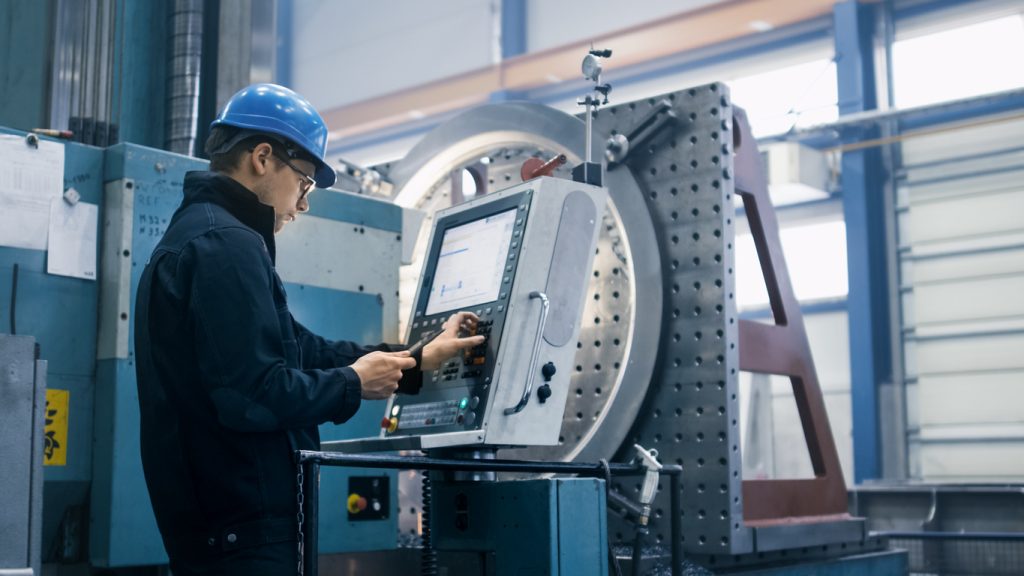How Can you Become a Leaner Manufacturer?
Implementing processes to become a leaner manufacturer has many benefits. Not only can your business maintain high levels of productivity, but you can remain efficient at all times when producing quality products to make a profit.
As spring manufacturers, we understand it can be hard to prioritise processes and manage in a streamlined way. However, when you start to become leaner in your working methods, you can become more proficient by eliminating waste without compromising on quality or disrupting the productivity of your facility.
Our well-equipped manufacturing plants allow us to offer a wide range of custom products and services. We train our experienced engineers and invest in the latest automated equipment, which means we can repeatedly meet the ever-changing requirements of our customers and the market we operate in.
The overarching goal of Lean manufacturing is to simplify the processes within your working environment. This blog will look at the different ways in which you can modify and improve your manufacturing operations.
What is Lean Manufacturing?
Lean manufacturing covers the application of Lean practices, principles, and tools used to develop and manufacture physical products. The term originates from the Japanese manufacturing industry, specifically the Toyota Production System who are recognised as one of the most successful automotive manufacturers. The system requires less human labour, less factory space, and reduced timeframes while still providing customers with top-quality products.
Below are five fundamental principles that define the process:
- Specify value – the desired value of the customer.
- Identify the value stream for each product – review unnecessary steps.
- Flow – the product flow should be continuous through value-added measures.
- Pull production – introduce pull steps so continuous flow is possible.
- Pursue perfection – the number of steps and time required should be continuous.
The process is based on the intention of continuous and incremental improvements to remove redundant activities. Those activities or processes that do not add value to the customer are considered ‘waste’, which can apply to skill, money and time. Instead, you should focus on the design and flow of your current processes with a vision of creating a system with more value and reduced waste.
‘The Toyota Way’ outlines seven types of waste:
- Overproduction
- Waiting
- Unnecessary transport/conveyance
- Overprocessing (or incorrect processing)
- Excess inventory
- Motion
- Defects
By eliminating all forms of waste, Toyota can apply a long-term structure of continuous flow and avoid overproduction. Let’s look at some more examples of how you can implement this system into your manufacturing processes.
Eliminate Waste and Reduce Un-Used Materials
Removing waste is the core principle of lean manufacturing, and this doesn’t just apply to material waste. We’d recommend using a value stream to highlight wasteful activities, which will allow you to make decisions on improving added value to your production line.
By effectively implementing a value stream into your processes, you can turn customer requests into a tangible value then analyse each step of the process to see where waste occurs.
One of the most significant critical waste points identified by The Toyota Way is overproduction. Using materials and components efficiently should never mean compromising on quality. You should make use of every resource available (where possible) and use only what you need to optimise storage space — reusing materials where appropriate.
Shorter Production Times with In-Depth Analysis
Reducing the time it takes to make your products is one of the great benefits of lean manufacturing processes. Our fully equipped toolroom includes the latest WEDM machines and in-house 3D CAD. Investing in the latest technology enables us to reach a production capacity of up to 400,000 units a day. The automated nature of these machines means that you don’t have to be concerned about downtime or halting production, which can be costly.
Investing in high-quality equipment, we can work toward faster and more efficient production times. Another benefit is that we can increase product quality and experience fewer errors in production. Halts in production can be detrimental to your productivity. So you should put contingency plans in place to avoid this where possible, such as regular machine maintenance and employee training.
Continuous Improvement
Lean manufacturing practices require continuous improvement across many areas. It is a journey that should be regularly measured and analysed. You can use your value stream map to visualise your priorities, which will help you understand how the learning process affects operations — measuring your performance and evaluating waste is an effective way to see the bigger picture.
Whether you decide to implement a formal practice or a looser set of guidelines, you should focus on integrating continuous improvement into your business to make a meaningful difference over time.
Here at European Springs & Pressings, we’re continuing our focus on an automated and Lean manufacturing approach. As reputable spring manufacturers, we’ve seen the benefits of investing heavily in automation, upskilling our employees and using the best technology in the business. We’re optimistic about our vision and plans for growth in the future.
Keep up to date with our blog page and be the first to see the latest information on the manufacturing industry, as well as expert sector insights. You can also take a look at our extensive spring range including tension springs, compression springs, torsion springs and many other spring and pressing types.


